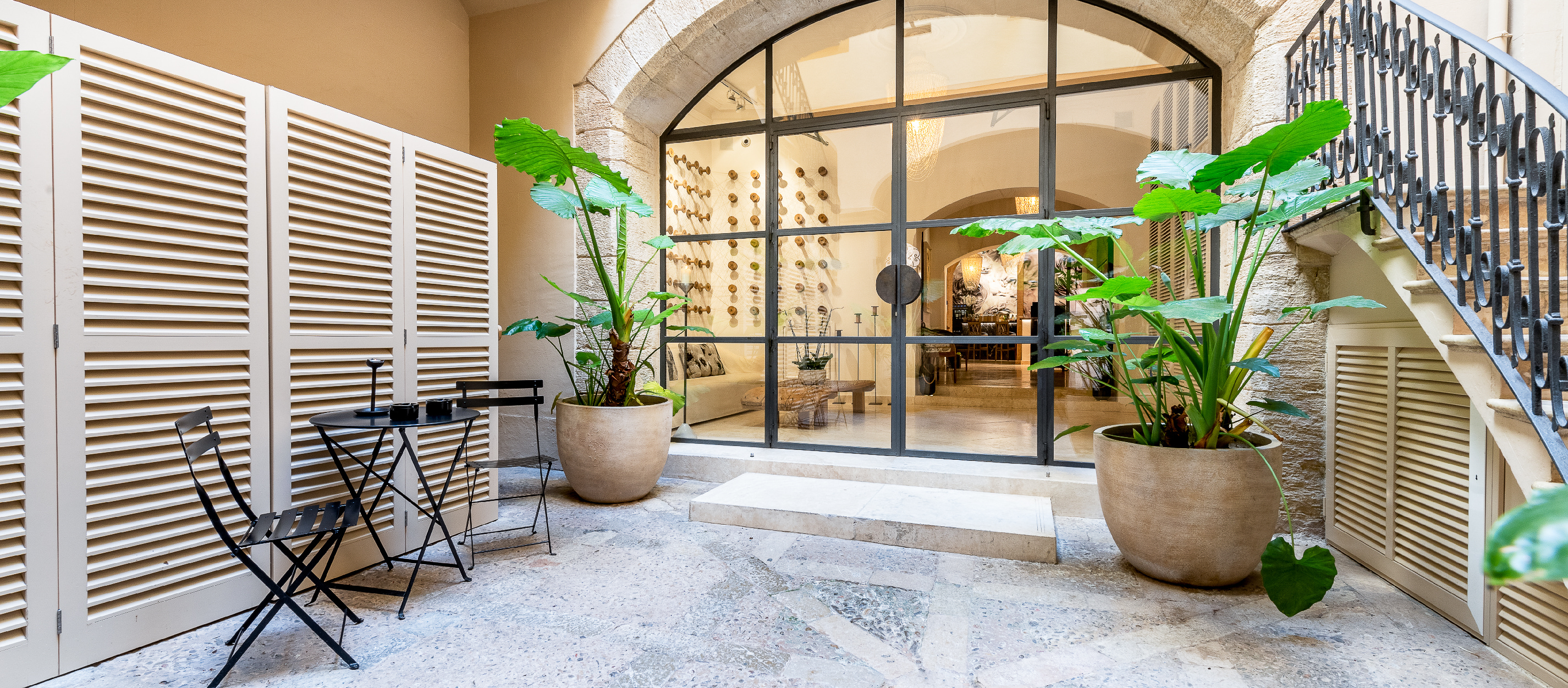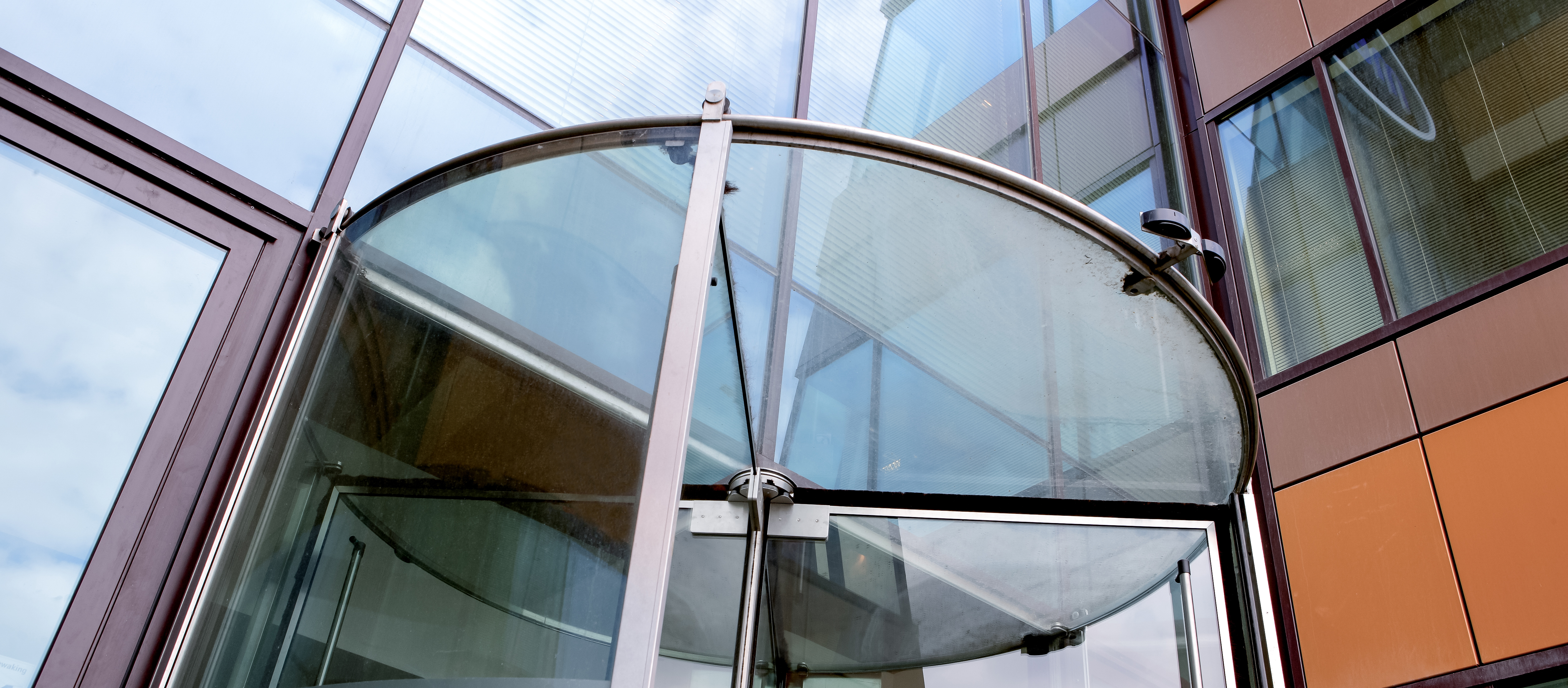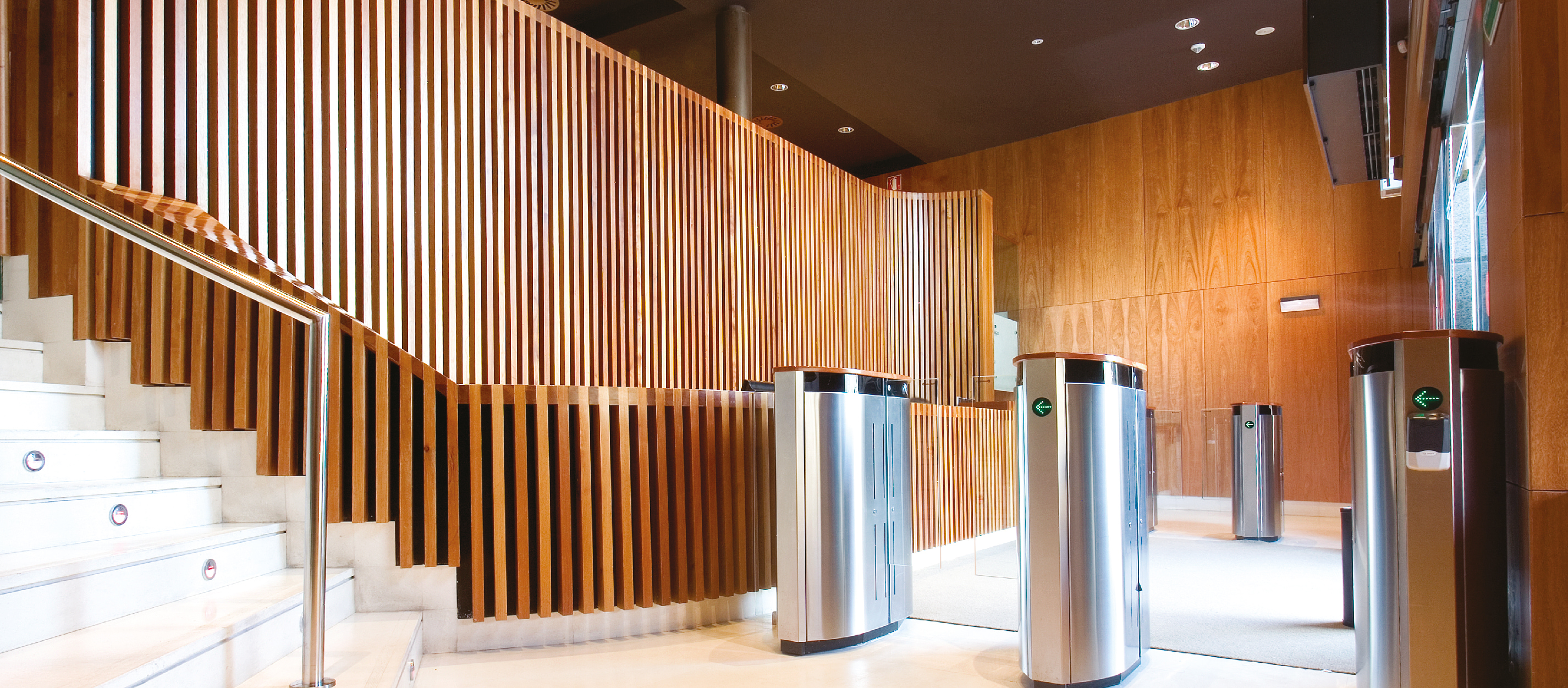Message sent successfully
- Europa
- América
- Asia
- África
- Oceania
- Global
Para ver productos más acorde a tu región clica To see Manusa's products and services available in your country, Pour voir le catalogue des produits et services Manusa disponibles dans votre pays, Para ver o catálogo de produtos e serviços Manusa disponíveis no seu país, Para ver o catálogo de produtos e serviços Manusa disponíveis no seu país, Para ver el catálogo de productos y servicios Manusa disponibles en tu país, Per vedere i prodotti più adatti alla tua regione, fai clic aqui click here. cliquez ici. clique aqui. clique aqui. haz click aquí. qui

- Europa
- América
- Asia
- África
- Oceania
- Global



